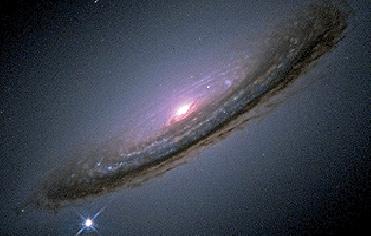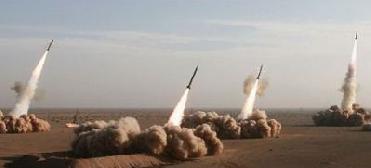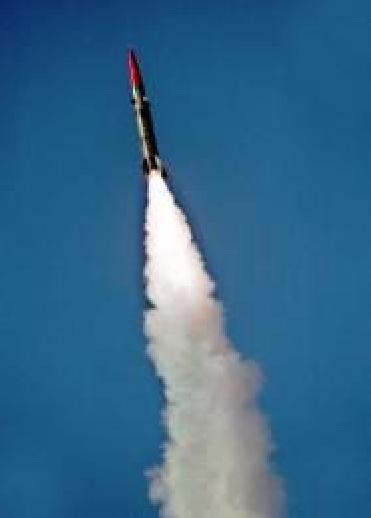
Cosmologists use Type Ia supernovae, like the one visible in the lower left corner of this galaxy, to explore the past and future expansion of the universe and the nature of dark energy. High-Z Supernova Search Team, HST, NASA photo
NEW DEHI (BNS): A new finding by an international team could affect the way cosmologists measure the expansion of the universe.
An international team led by Yale University has, for the first time, measured the mass of a type of supernova thought to belong to a unique subclass and confirmed that it surpasses what was believed to be an upper mass limit.
Cosmologists use Type Ia supernovae�the violent explosions of dead cores of stars called white dwarfs�as a kind of cosmic ruler to measure distances to the supernovae�s host galaxies and, as such, to understand the past and future expansion of the universe and explore the nature of dark energy.
According to a release issued by the university, Richard Scalzo of Yale, as part of a collaboration of American and French physicists called the Nearby Supernova Factory, has measured the mass of the white dwarf star that resulted in one of rare supernovae, called SN 2007if, and confirmed that it exceeded the �Chandrasekhar limit.�
Until recently, it was thought that white dwarfs could not exceed what is known as the Chandrasekhar limit, a critical mass equaling about 1.4 times that of the Sun, before exploding in a supernova. This uniform limit is a key tool in measuring distances to supernovae.
Using observations from telescopes in Chile, Hawaii and California, the team was able to measure the mass of the central star, the shell and the envelope individually, providing the first conclusive evidence that the star system itself did indeed surpass the Chandrasekhar limit.
They found that the star itself appears to have had a mass of 2.1 times the mass of the Sun (plus or minus 10 percent), putting it well above the limit.
Being able to measure masses for all parts of the star system tells the physicists about how the system may have evolved.
"We don't really know much about the stars that lead to these supernovae," Scalzo said. "We want to know more about what kind of stars they were, and how they formed and evolved over time."
Scalzo believes there's a good chance that SN 2007if resulted from the merging of two white dwarfs, rather than the explosion of a single white dwarf.
"Supernovae are being used to make statements about the fate of the universe and our theory of gravity," he said, adding, "If our understanding of supernovae changes, it could significantly impact of our theories and predictions."
 Previous Article
Previous Article Next Article
Next Article












The Indian Air Force, in its flight trials evaluation report submitted before the Defence Ministry l..
view articleAn insight into the Medium Multi-Role Combat Aircraft competition...
view articleSky enthusiasts can now spot the International Space Station (ISS) commanded by Indian-American astr..
view article